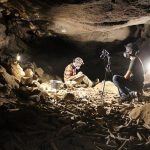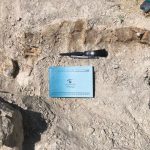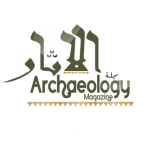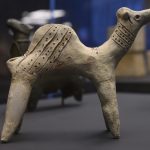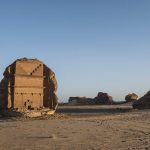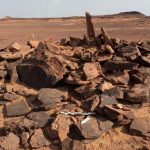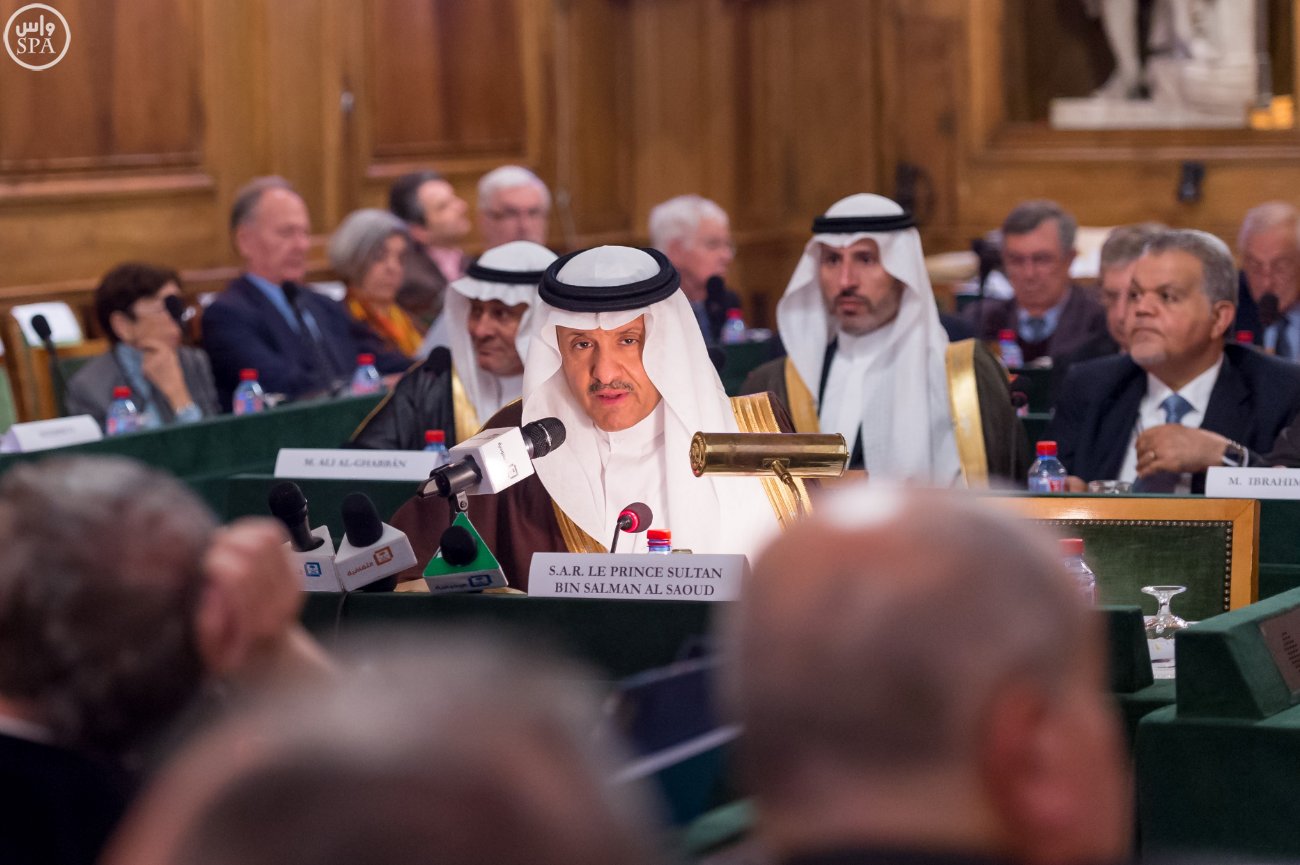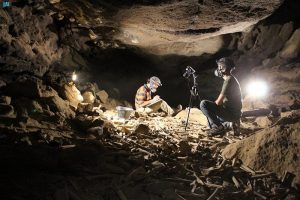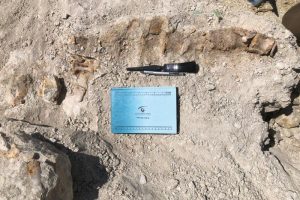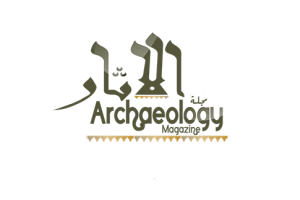
HRH Prince Sultan bin Salman: Saudi Arabia is not New to History and its Global Status Today is an Extension of its Ancient Cultural Heritage
- The role played by the Kingdom and its people, stems from the of civilizational buildup which embraced its land.
- King Salman, aside from his political wisdom and wise leadership, he is an elite intellectual and a comprehensive historian
- Saudi Arabia has not suffered from the repercussions of cognitive and cultural turbulence in its history, it is and has always been a medium for human civilizations
- Archaeological discoveries so far have shown that the beginning of human settlement in the land of Saudi Arabia belongs to the Paleolithic Period, 1.2 million years ago.
- 90-Thousand-Year-Old Human Bone Found along with a 500-Thousand-Year-Old Elephant Tusk
- Arabia has never been a mere crossing point but a land of stability, life and growth
- Saudi Arabia is an Open Islamic museum, and The “Custodian of the Two Holy Mosques’ Built Heritage Project” is a global flagship project
- Saudi Arabia is home to 9 million foreigners from 150 countries around the world
HRH Prince Sultan Bin Salman, SCTH President, emphasized that Saudi Arabia is not new to history, and the status that the Kingdom holds today, religiously, politically, economically, and culturally is but an extension to its ancient cultural heritage. The great religion of Islam that emerged from this land spread to the rest of the world from the land rich in history, culture and economy.
He also pointed out that the role assumed by Saudi Arabia and its people today, and in the future did not emerge from a vacuum, but it is a natural product of the cultural and heritage accumulation of the people of Arabia as heirs of a series of great civilizations, which were created, co-created, protected and developed, in addition its role as a trusted custodian of the two holiest of Islamic sites from which the message of Islam was presented to the world.
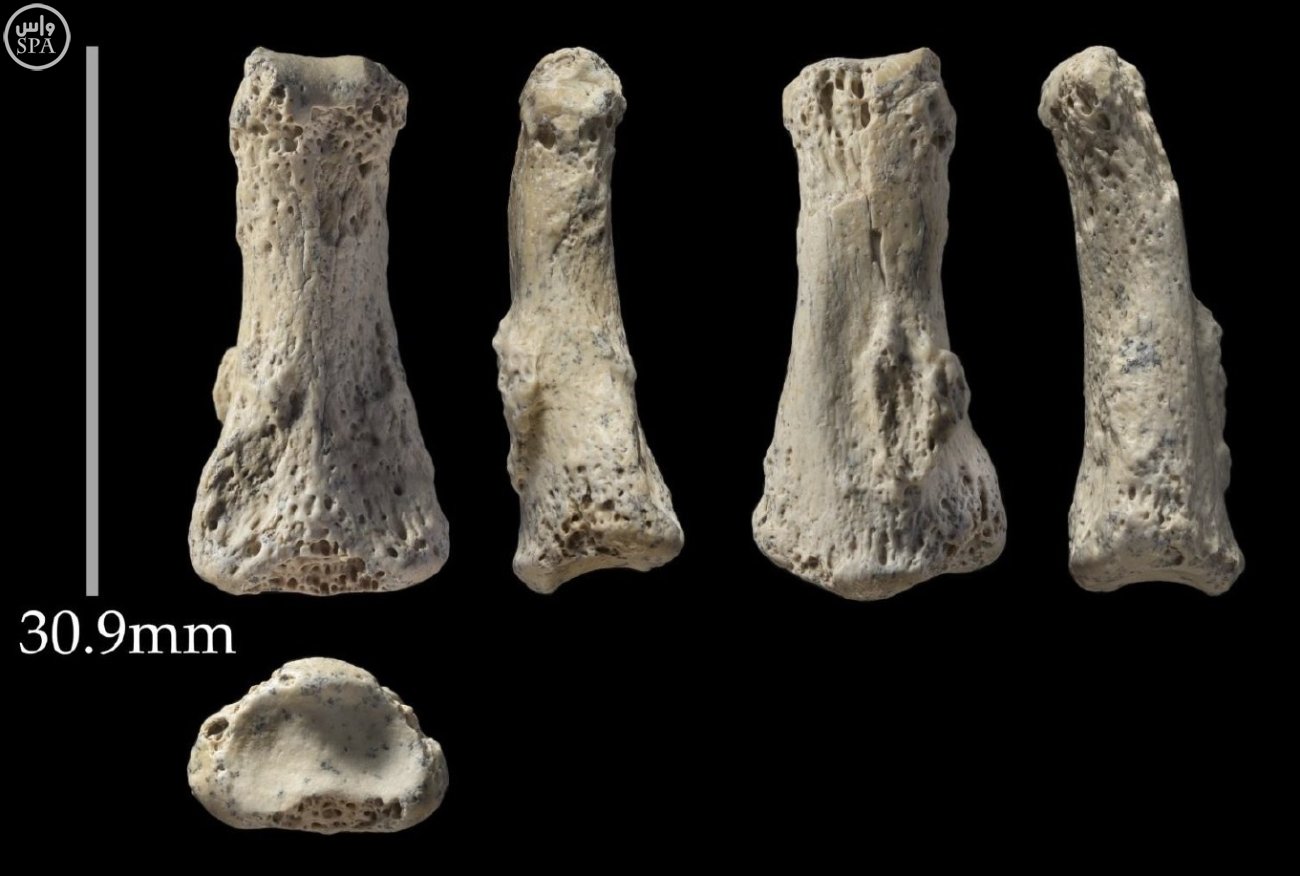
HRH Prince Sultan indicated in his address to the Academy of Inscriptions and Belles-Lettres on Friday, that this occasion celebrates a significant time in Saudi’s history with the leadership of the Custodian of the Two holy Mosques, King Salman bin Abdulaziz, in addition to his political insight and wise leadership, he is also a high caliber intellectual and historian. His interest in the history of Arabia in particular and world history in general is no secret. The King Abdulaziz Foundation, established in 1972, and headed by King Salman for over two decades, is a Makkah for researchers and those interested in the history of Arabia and the Saudi State on the one hand and the history of Arabs and Muslims on the other, and their relationship with the world history.
His Royal Highness stressed that this historical awareness enjoyed by King Salman, had a major impact in facilitating SCTH tasks. Many resolutions and regulations have been approved and adopted since he became the Crown Prince, and during his reign as King. Such resolutions have made a great impact in the field of built heritage in Saudi Arabia. These efforts were culminated with the approval of the Custodian of the Two Holy Mosques Built Heritage Program, which the Director-General of UNESCO, Ms. Irina Bokova, described it as “an ambitious national project that aims to raise the people’s awareness on the Saudi history, and seeks to protect and restore ancient archaeological sites. It also serves the rehabilitation and development, and ensures the optimal operation of Saudi museums.” She believes that it is one of the most comprehensive global programs of heritage care in any one state at a time – one which is unprecedented in the entire world.
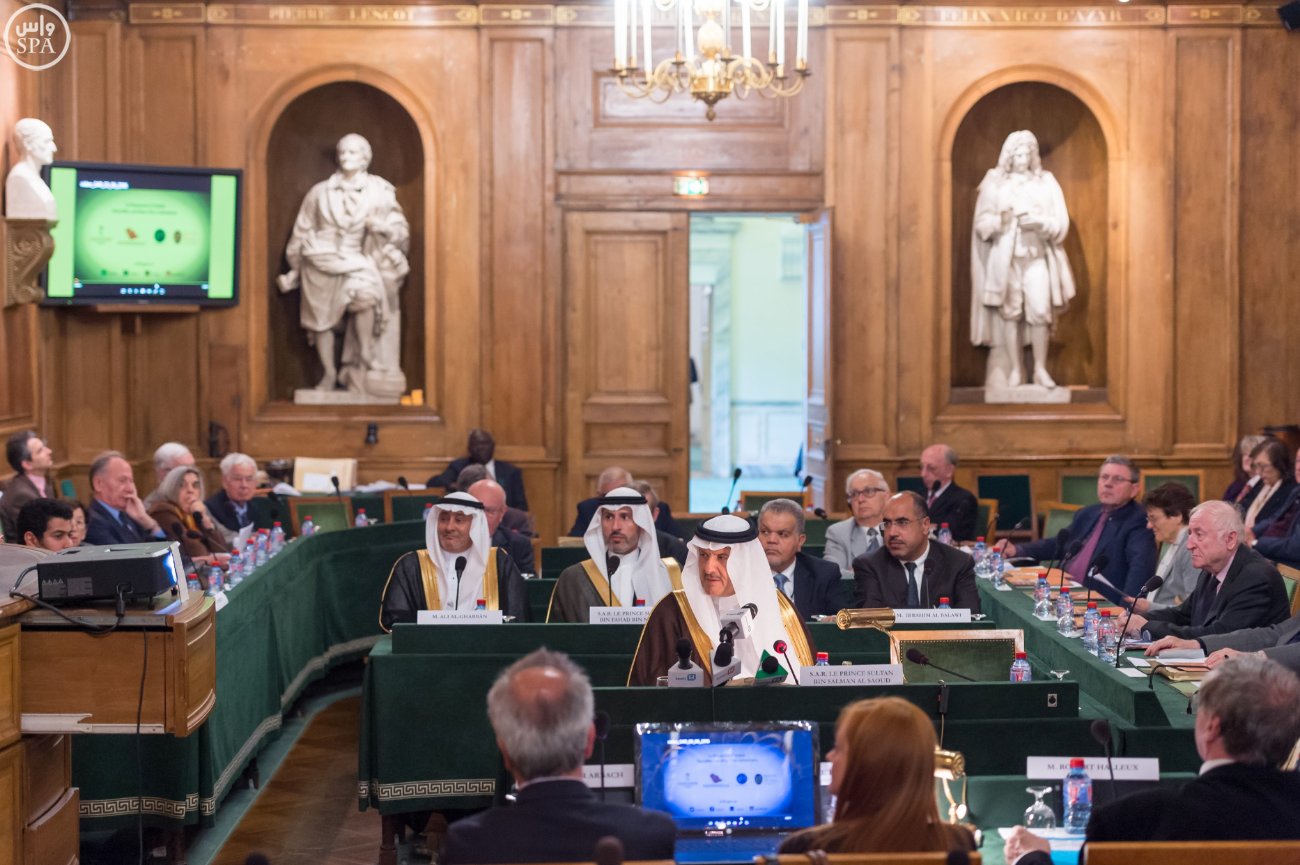
A melting pot of human civilizations
His Royal Highness emphasized that Saudi Arabia has never suffered from the repercussions of cognitive and cultural disruption in history, but has always been and will forever remain a crossroad for human civilizations. This has been realized over the past many of years during the revival of interest in the heritage among Saudis, i.e. there are about 9 million foreigners residing in Saudi today from over 150 countries around the world. Saudi Arabia is a bridge that connects the world’s cultures. Strengthening ties among their histories on the one hand, and reclaiming Saudi Arabia’s rightful position, at the forefront of the countries that stand on a land that has witnessed the accumulation of great culture and human history, proving that the political and economic status it embraces today is a mere extension to its past. The practices of the people of this great nation in dialogues and human communication, as well as contribution toward the protection of global economic balance is a continuation of the efforts brought forth by their forefathers in the earlier times, given the significant geographic location of Arabia amidst world continents.
This location makes it a bridge connecting international trade routes across the ages. It was not just since the Prophet Ibrahim and his son Ismael set the foundations of the Holy Kaaba in Makkah at the end of the third millennium BC, making Makkah into an intellectually, culturally and commercially thriving center, but even thousands of years before that.
He indicated that the archaeological discoveries so far have shown that the beginning of human settlement in the land of Saudi Arabia dates back to the Paleolithic era, about a million and two hundred thousand years before present. Evidence of that is the Shuwaihitieh site, located 30 km north of Sakaka city of Al-Jouf Province, North of Saudi Arabia. Primitive stone tools made of quartz discovered there indicate that the site is associated with other sites in the East Africa, predating the Acheulean civilization.
Cultural Accumulations of Saudi Arabia
During his speech, His Royal Highness touched on the cultural accumulation for Saudi Arabia, addressing some evidence documented by archaeological discoveries that began in 1964, and then expanded after the establishment of SCTH. until now more than 30 missions and specialized scientific team alongside Saudi scientists, from the finest universities in the world and the most prestigious research centers of several countries: France, Italy, the United States, Britain, Germany, Japan, Belgium, Poland, Finland, the Netherlands, Austria, and others. The work of these scientific missions and archeological excavations in Saudi Arabia have revealed significant results, not only for the history of Saudi Arabia, but the human history as whole.
Announcing Significant Discoveries
His Royal Highness announced the most recent and significant discoveries in Saudi Arabia i.e. a human bone was uncovered at a dry lack in Taima, dating back to 90 thousand years ago, making it the oldest human bone found in Arabia.
His Royal Highness pointed out that the recent discoveries have proven the existence of ancient lakes and rivers in abundance in Arabia. This scientifically proves the prophecy of the Prophet Mohammed PBUH: “The Last Hour will not come until the land of Arabia becomes meadows and rivers”. This is an absolute evidence of the environment before, and we believe that without a shadow of a doubt. However, we now have scientific proof that Arabia was in fact covered with meadows, forests, savannahs, and rivers running across its lands.
HRH pointed out that SCTH launched the project Green Arabia in 2012 in collaboration with the Oxford University as an initiative to study the relationship between the climate change in Arabia over the ages, and the beginning of human settlement and the many migrations to its lands from the continents of the ancient world to present day. In this regard, he mentioned that, last year, at the western end of the Nafud desert a fossil of an elephant tusk was found among a large number of other animal fossils, such as dears including the Arabian Oryx, cows, wild buffalos, horses, wolves, hippos, tigers, birds and elephants. Archeological and geological evidence indicates that the ancient lake dates back to more than 500 thousand years BC. Whereas fossils found at the site date back to about 335 thousand years BC, and the tusk found measures to a length of 2.25 meters. It existed in the region during the mid-Pleistocene monsoon period (500 thousand years BC), this was a time when water and vegetation was in abundance allowing for such animals to roam around. These animals existed alongside humans at a time when most arid lands were green. This is the period we have named it as Green Arabia. A time studies have proven the existence of hundreds of lakes, rivers, forests and animals all across Arabia, where many civilizations have emerged in succession.
HRH continued: “In light of the Green Arabia program, we have completed two phases: the first was 30 years ago in Dwadmi where findings were made for desertification research, results were preserved, and SCTH has now reopened these files and the amazing efforts put forth by other agencies. The second phase was in collaboration with the Oxford University and a number of international centers and it has since been proven that Arabia in fact was filled with meadows and rivers.
Archaeological Missions in Saudi Arabia
HRH spoke of a number of archeological missions in Saudi Arabia and their findings, such as those of Jubba site and Shuwaimis site in the Hail Province. Both of which are enlisted in the UNESCO World Heritage List for rock art. These sites are distinct for human and animal carvings depicting camels, horses, deer, palm trees, alongside Thamudic inscriptions. The third phase is distinct with carvings of men riding camels, indicating trade caravan activity. There are other fascinating rock art depicting humans in real size next to a different group of animals.
Other significant findings were the discovery of the ancient site of the Maqar civilization in the heart of Saudi Arabia. This civilization dates back 9000 years. This proves human settlement in the areas prior to the last desertification or during the last part of climatic changes. Artifacts discovered at the site reveal that settlers have domesticated horses 9000 years ago, whereas previous studies had indicated that horses were first domesticated in the Central Asia 5500 years ago.
Madain Saleh, the first Saudi site to be enlisted into the UNESCO World Heritage List in 2008, reflect the ancient Nabatean civilization which dates back 300 years BC.
Life Began in the Neolithic Age
Archeological findings in Ancient Taima indicate that life began in the Neolithic Age, and the period following it, also known as the Bronze Age. Numerous archeological discoveries have been found in Taima such as decorated pottery dating back to the late Bronze Age and early Iron Age which extends from 3300 – 1200 BC. The wall surrounding the city was also discovered. It extends 11 km and dates back to 1200 BC. In the 6th century BC Taima was the operational capital of Babylonia during the reign of King Nabonidus. There are also artifacts from the early Islamic Era, one of the most prominent historic monuments is Hamra Palace, Hidaj Well, Redhem Palace, and Bijaidi Palace.
Ancient Thaj located east of Arabia and west of present day Jubail, was a key stop along the caravan trail. The site constitutes the ruins of the city as well as the wall. Initial excavations findings revealed 5 main phases of human settlements that date back to 500 – 300 years BC within the city wall.
Other significant find was Al Foa Village which dates back to the 4th century BC – 1st century AD. These finds lead us to reevaluate Arabia’s artifacts found from the periods predating Islam. The site was a metropolis during the Kindah Kingdom. An agreement between SCTH and KSU was announced recently to rehabilitate the site and reopen it to visitors, as well as create a scientific group to complete the excavations headed by Dr. Abdurrahman Al Ansari, who had headed the first team that initially discovered the site decades ago.
Findings reflecting the cultural dimension of Saudi Arabia
HRH pointed out, “These archeological findings reflect the prehistoric cultural dimension of our country, and before Christ. This great historic chronology remains connected to subsequent stages i.e. the emergence of Islam that marked a major turning point in the history of Arabia. The Islamic state that rose in Madina had influence and power that extended to all regions that Islam had reached, which proves that Arabia was not isolated from global developments across the ages.
Resolutions Supporting SCTH
HRH indicated that the land of Saudi Arabia, after unification under the leadership of King Abdul Aziz, became the focus of researchers, specialists and orientalists from all over the world. So it was natural, at the time, for Saudi leadership to focus on the construction and development projects so that the state can catch up with the developed world. Saudi Arabia has in fact been able to achieve a prominent status, and has an international role in influencing religious, economic and political affairs. With the establishment of the Saudi Commission for Tourism and National Heritage (SCTH) in 2000, Saudi leadership was convinced that this is the time to focus on the cultural dimension of Saudi Arabia. It was becoming necessary that the world gets to know that the Kingdom of Saudi Arabia as well as its three known dimensions (religious, economic and political). The Kingdom has yet another very important dimension i.e. cultural heritage which has influenced human civilizations through the ages.
To achieve this goal, the Saudi State has issued a number of resolutions to assist SCTH in carrying out its role and achieve the objectives for which it was created. These resolutions were culminated with the adoption of the Custodian of the Two Holy Mosques program for Cultural Heritage Care in May of 2014.
It was confirmed by the Custodian of the Two Holy Mosques King Salman bin Abdulaziz, in September 2015, as a national historical project that reflects an important evolution in heritage programs and projects in Saudi Arabia.
The project covers several tracks of national projects, such as antiquities and museums, built heritage, handicrafts, and awareness of cultural heritage, the development of urban and archaeological heritage sites, making cultural heritage part of the lives of generations to come, and a critical part of the national economy, as well as other areas related to intangible heritage. The Custodian of the Two Holy Mosques Program works to strengthen the status of Saudi Arabia both locally and internationally, and provides renewable economic resources, which will lead to increased employment opportunities for citizens across Saudi Arabia, supports balanced national development projects, contributes to the strengthening of the national security in its general sense through the promotion of national unity and a sense of belonging. It also contributes to the promotion of the historical status of Saudi Arabia at the international level, and maintains a national cultural heritage to promote and develop it, as well as achieves the desired transformation in the protection of the national cultural heritage by linking it to sustainable tourism. Thus contributing to overall economic development.
The Custodian of the Two Holy Mosques National Built Heritage Program
HRH pointed out that the objectives of the Custodian of the Two Holy Mosques Program for National Built heritage which includes 230 projects: the protection and rehabilitation of Islamic history sites in Saudi Arabia, and especially in Makkah and Medina, given their religious and cultural significance, and its position in shaping Islamic history and culture all around the world. A program was allocated for Islamic history sites, that will develop and improve Islamic history sites. We are confident that interest in these sites and reopening them for visitors will certainly emphasize the knowledge of the beginnings of Islam in specific and Islamic history in general, how Islam spread to the rest of the world, provides researchers and students with information taken from trusted history and scientific sources. Saudi Arabia is an open Islamic museum that will be available to visitors, expatriates, Saudis and residents alike. The program also covers the rehabilitation of historic state buildings and palaces dating back to the reign of King Abdulaziz, and transforming them into cultural centers that will reflect the phases and history of the unification of Saudi Arabia. It will also reflect the relation of these sites to the many sacrifices the loyal locals have made for the founding of this country under the leadership of King Abdulaziz, and the fight for the unification of Saudi Arabia.
The program also seeks to further surveys and excavations in collaboration with local and international missions, the protection and maintenance of national cultural heritage and focus on components, both locally and internationally, recovery of lost antiquities through the National Antiquities Recovery Program launched by SCTH in collaboration with the Ministry of Interior, Ministry of Foreign Affairs, Ministry of Finance (Saudi Customs), Ministry of Commerce and Industry, Bureau of Investigation and Public Prosecution, Heritage Foundation, ARAMCO, King Abdulaziz Foundation, and the Saudi Post.
SCTH has in collaboration with the citizens, residents and public agencies, recovered more than 17 thousand artifacts from within Saudi Arabia and more than 30 thousand artifacts from outside it. Some pieces have been missing for over 50 years.
The program also seeks to benefit from archeological and historic sites, rehabilitate them and utilize them as mentioned in the Comprehensive Development Plans.
In addition, the program looks to establish develop and operate museums in various provinces and regions across Saudi Arabia. SCTH has recently completed 5 new, large and modern regional museums as per international standards. SCTH has also completed the development of 6 current museums and the rehabilitation of 15 historic state buildings and reused them into museums and cultural centers. These standards are in line with the global museums such as those in France, America, China, Korea, and Malaysia.
The development of heritage villages, historic neighborhoods and traditional markets in collaboration with the concerned authorities of the government and private sectors. SCTH began to rehabilitate and develop heritage villages and towns with the development of 7 sites. It began to improve historic city centers, and so developed 8 centers. The development of Riyadh city center with an area of 18 square kilometers will soon be announced. The rehabilitation and development program for traditional markets has begun developing 8 markets, in addition to the preservation, protection, classification and rehabilitation of built heritage, and their utilization, culturally, economically and in tourism.
The development of handicrafts and traditional industries and making them a source of pride, accessible to everyone, development and maintenance, making them a key economic source at the national level and providing more job opportunities for citizens and especially young people.
Projects Related to Islamic History Sites
HRH also asserted that the projects on Islamic history sites are one of the most important in the Custodian of the Two Holy Mosques Project for Cultural Heritage. Saudi Arabia is showing much interest in the maintenance of Islamic history sites. A Royal Decree issued in 2008, prohibits infringement on Islamic history sites in Makkah and Medina, and mandated SCTH to survey all sites, and stop all kinds of infringements. As a result of the survey field, 384 Islamic history sites were located in both the provinces, 266 of which are located in Medina, and 118 are located in Makkah. We are proud and appreciative of the cooperation brought forth from the governors of Makkah and Medina. We wish to specifically thank the Presidency of the Two Holy Mosques, as well as senior scholars, headed by the grand Mufti of Saudi Arabia who have enlightened us on the monuments, taught our great history, and guided us to all that shall preserve our ancient cultural heritage.”
HRH emphasized his keenness to work alongside scholars and to seek their guidance.
He concluded the seminar by confirming that Saudi cultural heritage is an integral part of human civilization, and a natural outcome of cultural accumulation left behind by ancient civilizations.
He went on to say: “We, in Saudi Arabia, have significant heritage we should be proud and honored of, and should present it to the world, that is our mission at SCTH”.
HRH extended the Saudi scholars’ greetings to French scholars, emphasizing that Saudi Arabia looks upon them with great appreciation and respect for their efforts in achieving much good for all of mankind.
Prior to the seminar, HRH took a tour of the Academy and private museum.
The Permanent Secretary of the Academy of Inscriptions and Belles-Lettres of Paris addressed the attendees with a welcome for Prince Sultan bin Salman, expressing the pride and joy of the Academy with HRH’s attendance and delivering a lecture.
He praised the comprehensiveness of interest in heritage in Saudi Arabia, which he had about by many in the community who are interested in world artifacts. But was much more surprised upon his visit to Saudi where he visited a number of archaeological sites, most notably Madain Saleh, and met the Saudi French excavating the site.
He stressed that the academy usually hosts elite scientists and leaders, and hosting HRH and listening to the experience of antiquities in Saudi was an important requirement made by Academy members.
It is noteworthy that the lecture received considerable attention from the Academy and its members, professors and archaeologists in Paris.
The Academy of Inscriptions and Belles-Lettres of Paris, which hosted Prince Sultan bin Salman to deliver a lecture among its elite, is among the most prestigious and specialized institutes of antiquities, arts and literature in France and one of the most renowned in the world. It usually hosts elite influential leaders and scholars, in this field worldwide.

